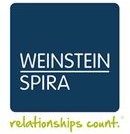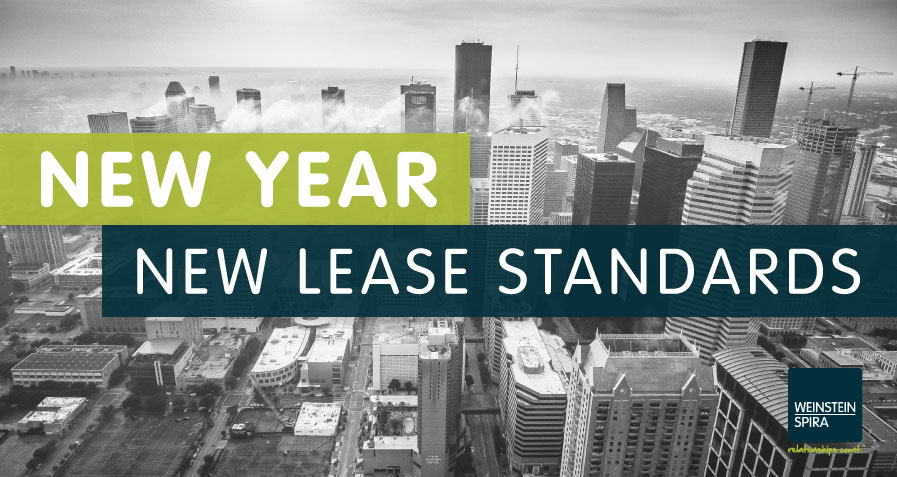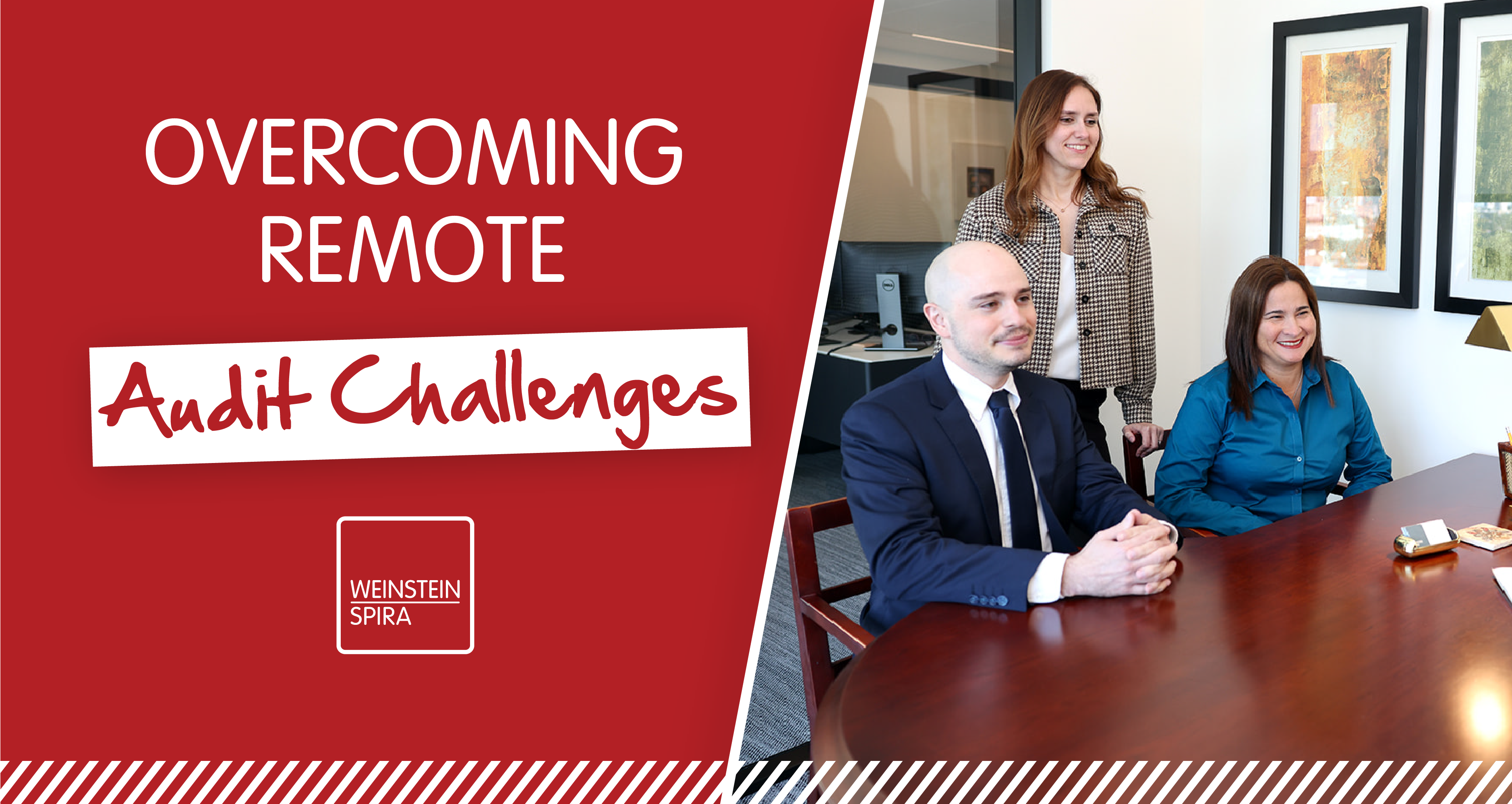As you may know, the new lease standard, ASU 2016-02, Leases (Topic 842), issued by the Financial Accounting Standards Board (FASB) on February 25, 2016, is now effective for public business entities, along with certain not-for-profit entities and employee benefit plans, with annual periods beginning after December 15, 2018, and will be effective for all other entities (which includes private companies) for annual periods beginning after December 15, 2019. The new lease standard makes significant changes to how leases are accounted for and presented in financial statements.
If you’re a private company and haven’t already read the new lease standard and started your assessment, now is the time. The best way to prepare is by gaining an understanding of the standard, accounting changes and potential impact on your financial statements. Below is a high-level overview of the new lease standard and some considerations for lessees. More detailed information should be discussed on a case-by-case basis with your accountant to ensure compliance. You can also go to the Financial Accounting Standards Board FASB website and read about it on your own.
Overview
The major difference between generally accepted accounting principles (GAAP) prior to the new lease standard compared to after is that all leases with terms of over 12 months will now be recorded on the balance sheet. Under the new standard, leases will now be classified as either an operating or financing lease and accounted for as a “right-of-use asset” on the balance sheet. Lessees will also record a lease liability associated with the right-of-use asset at the commencement of the lease, based on the present value of future lease payments discounted using the rate implicit in the lease. If that rate is not available, the lessee would use its incremental borrowing rate.
A lease is classified as a financing lease if the following criteria apply, otherwise the lease is classified as an operating lease:
- The lease transfers ownership of the underlying asset to the lessee by the end of the lease term.
- The lease grants the lessee an option to purchase the underlying asset that the lessee is reasonably certain to exercise.
- The lease term is for the major part of the remaining economic life of the underlying asset. However, if the commencement date falls at or near the end of the economic life of the underlying asset, this criterion shall not be used for purposes of classifying the lease.
- The present value of the sum of the lease payments and any residual value guaranteed by the lessee that is not already reflected in the lease payments equals or exceeds substantially all of the fair value of the underlying asset.
- The underlying asset is of such specialized nature that it is expected to have no alternative use to the lessor at the end of the lease term.
The classification of a lease as either financing or operating will drive the income statement expense recognition. For a lease classified as financing, the amortization of the right-of-use asset will be recorded as an amortization expense and the interest portion of the lease liability will be recorded as interest expense. For a lease classified as operating, the amortization of the right-of-use asset and the interest portion of the lease liability will result in a single lease cost recorded as lease expense.
The new lease standard defines a lease as “a contract, or part of a contract, that conveys the right to control the use of identified property, plant or equipment (an identified asset) for a period of time in exchange for consideration.” Therefore, companies will need to review all their contracts to determine whether or not they contain a lease and, if so, the company will segregate the lease components from the contract and recognize a right-of-use asset and lease liability.
For leases with a term of 12 months or less, a lessee is permitted to make an accounting policy election by class of underlying asset, not to recognize lease assets and lease liabilities. If a lessee makes this election, it should recognize the lease expense for such leases generally on a straight-line basis over the lease term.
Transition and Disclosure
Companies may implement the new lease standard using a modified retrospective approach or using the additional transition method, permitted by ASU 2018-11, Leases (Topic 842): Targeted Improvements, issued July 30, 2018, and recognize a cumulative-effect adjustment in the period of adoption. Lessees are required to disclose qualitative and quantitative information about leases, significant judgments made in accounting for leases and amounts recognized in the financial statements for leases.
Implementation Considerations
As you begin your assessment and implementation process, here are a few points to consider:
- Take an inventory. Go back through and assess any currently effective leases and any potential contracts with lease components that will need to be accounted for under the new lease standard. Consider whether any leases need to be re-negotiated or whether renewal options need to be amended based on how they will be accounted for under the new standard.
- Consider the impact on any debt covenants. Review any debt covenants you may have with your bank or other creditors, and make sure there is no negative impact on your covenant calculations. The new lease standard could have a significant impact on leveraged ratios, in particular, depending on the volume of leases.
- Talk with the users of the financial statements. When the new lease standard goes into effect, the financial statements will reflect right-of-use assets and lease liabilities, which were not there in prior years. Having conversions with the users of the financial statements early on in your implementation process will help to ensure they are familiar with the change in GAAP and have an expectation of the impact on the financial statements.
In Summary
The new lease standard can be complex and will certainly take some time to fully evaluate and implement. Weinstein Spira is here to help you determine the impact of the new standard on your financial statements. Contact us to get started.



